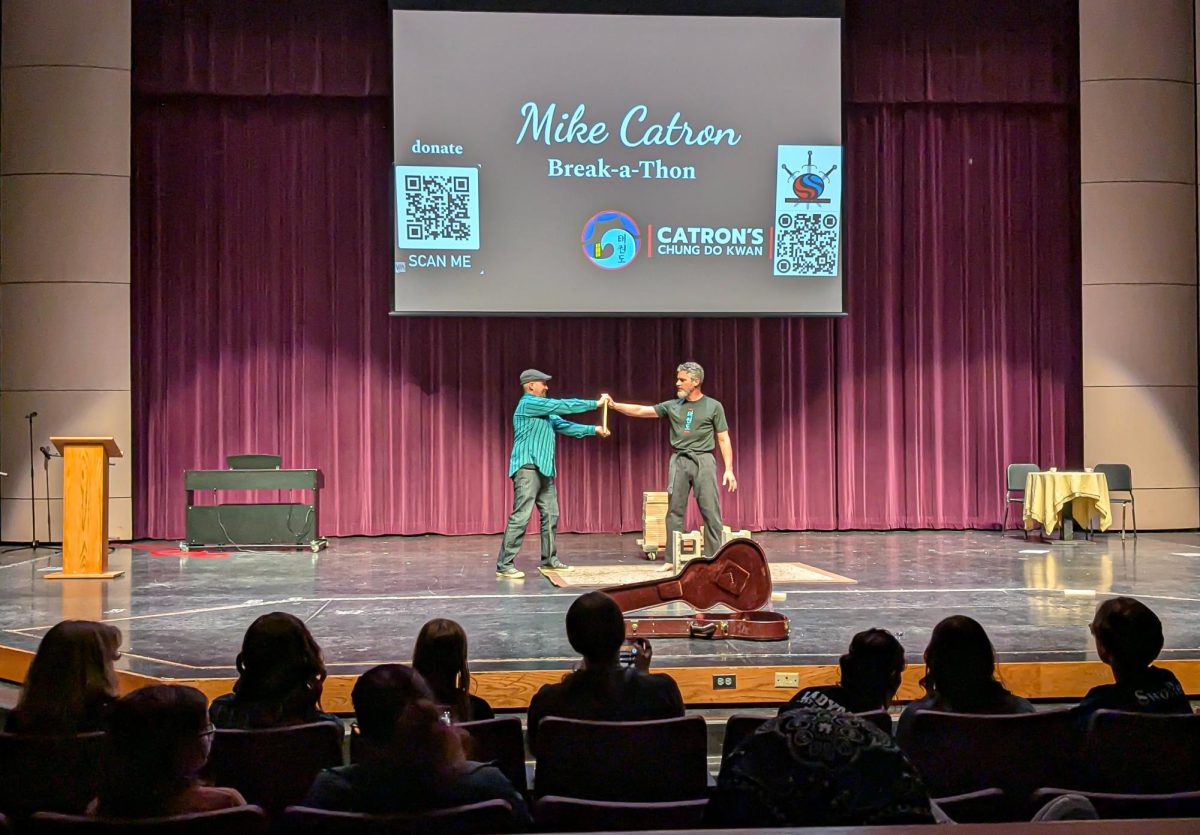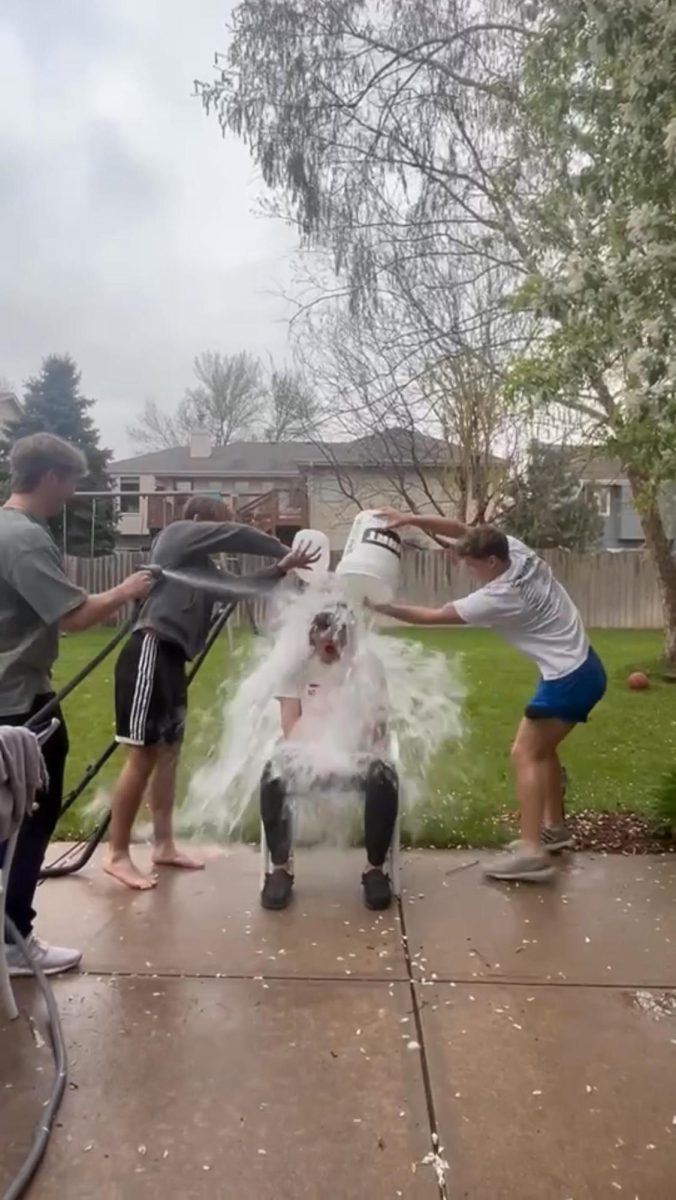Navigating the treacherous waters of an opioid addiction—like setting sail on a ship amidst a raging storm. The opioids, like sirens, seductively call out to those aboard, promising undeniable relief and euphoria. Yet, unbeknownst to the passengers, this voyage carries the peril of an unseen abyss—an overdose.
Just as a storm can arise unexpectedly at sea, the perfect storm of factors—dosage miscalculations, the unpredictability of street drugs, or a momentary lapse in judgment—can lead to an overdose. The ship, once sailing smoothly, now faces the tempest of respiratory failure; waves of unconsciousness crash over those on board.
In 2021, about 106,699 deaths in the United States were attributable to drug use. Essentially, 80% of these deaths were related to opioid pain relievers. Even more recently, fatalities due to excessive use of this specific drug class have been on an infinite rise. We as a society are currently fighting a serious opioid epidemic, yet, this issue is rarely spoken on.
The opioid epidemic refers to the surge in addiction and overdose deaths related to both prescription painkillers and illicit opioids, such as heroin, and synthetic opioids like fentanyl. Opioids are highly potent drugs that interact with the brain’s receptors and flood the circuit with dopamine, leading to pain relief and emotional bliss. However, continuous use or misuse of these substances alters the brain’s reward system, leading to addiction and physical dependency.
In the face of this escalating crisis, Naloxone, customarily known by its brand name, Narcan, has emerged as a critical tool that has revolutionized the treatment of opioid overdoses and plays a detrimental role in reducing opioid-related fatalities.
The history of Narcan is intertwined with the evolution of the opioid epidemic. Developed by Dr. Jack Fishman in the early 1960s, naloxone was initially intended to reverse the effects of various opioids on the body. Over the years, its application expanded beyond hospital settings as the opioid epidemic gained momentum. In the 1990s, harm reduction advocates and healthcare professionals began to recognize the potential of naloxone as a life-saving tool in community settings. The widespread distribution of Narcan gained traction, especially in regions grappling with high rates of opioid abuse. Efforts intensified in the 2000s, driven by the escalating opioid crisis, prompting the development of user-friendly formulations such as nasal sprays for easy administration by bystanders.
This tool acts as an opioid receptor antagonist. In simple terms, it competes with opioids for binding sites on receptors in the brain, particularly those responsible for regulating respiratory function. Opioids, when ingested, can suppress breathing to a dangerous extent, leading to life-threatening consequences. Narcan disrupts this process by swiftly binding to the opioid receptors, blocking the effects of opioids and essentially reversing their impact on the central nervous system. The result is a rapid restoration of normal respiratory function, providing a crucial window of opportunity for medical professionals, first responders, or bystanders to intervene and prevent a fatal outcome.
Narcan is not limited to medical professionals; its accessibility has empowered communities to take a proactive stance against opioid overdoses. Schools, community centers and even private citizens are now equipped with this life-saving tool. This democratization of emergency intervention has played a crucial role in reducing opioid-related fatalities. With just how common opioid use has become, you never truly know when having Narcan on hand could salvage someone’s life.
Being that Narcan has undoubtedly made a positive mark on society, it is not without its challenges and controversies. Some critics argue that its widespread availability may inadvertently encourage risky opioid use. Additionally, the cost of Narcan and the variability in access across different regions remain concerns that need to be addressed to ensure equitable distribution. The introduction of Narcan into communities has sparked conversations about the stigma surrounding opioid use disorders; advocates argue that Narcan not only saves lives but also challenges societal prejudices by acknowledging addiction as a medical condition deserving of compassionate intervention.
In the battle against opioid overdoses, Narcan stands as a beacon of hope, offering a second chance at life for those in the throes of an overdose. As communities continue to grapple with the complexities of the opioid crisis, the widespread distribution and proper use of Narcan remain critical components in saving lives and addressing the root causes of opioid abuse. Through education, accessibility, and community empowerment, Narcan may just be the most powerful tool in the collective effort to overcome the devastating impact of opioid overdoses.














